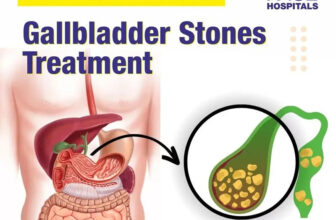
Dental implants have emerged as a groundbreaking solution in modern dentistry, offering a reliable and long-lasting option for individuals with missing teeth. Unlike traditional dentures or bridges, dental implants provide a permanent foundation for replacement teeth that look, feel, and function like natural teeth. This article delves into the science, benefits, procedure, and considerations surrounding dental implants.
The Science Behind Dental Implants
Dental implants are artificial tooth roots, typically made from titanium, which are surgically embedded into the jawbone. Titanium is biocompatible, meaning it is not rejected by the body and can fuse with the bone in a process called osseointegration. This fusion forms a strong and stable base for the artificial tooth, ensuring durability and functionality.
Benefits of Dental Implants
- Natural Look and Feel: Dental implants are designed to mimic the appearance and performance of natural teeth. They integrate seamlessly with the jawbone, providing a stable foundation for crowns, bridges, or dentures.
- Enhanced Comfort: Because they become part of the jawbone, implants eliminate the discomfort associated with removable dentures. They do not slip or shift, offering a more comfortable and secure fit.
- Improved Oral Health: Unlike traditional bridges, dental implants do not require the alteration of adjacent healthy teeth. This preservation of natural teeth promotes overall oral health. Additionally, implants help maintain jawbone structure, preventing bone loss and preserving facial contours.
- Durability and Longevity: With proper care, dental implants can last a lifetime. They are made from durable materials designed to withstand the forces of chewing and other oral activities.
- Convenience: Implants eliminate the need for adhesives or special cleaning routines required for dentures. They also allow for normal brushing and flossing, integrating effortlessly into daily oral hygiene routines.
The Dental Implant Procedure
The process of getting dental implants typically involves several stages:
- Initial Consultation: During the first visit, the dentist evaluates the patient’s oral health, discusses their medical history, and takes X-rays or 3D images to assess bone structure and determine implant placement.
- Implant Placement: In the next visit, the dentist surgically places the titanium implant into the jawbone. This procedure is usually performed under local anesthesia. After placement, a healing period of several months is necessary for osseointegration to occur.
- Abutment Placement: Once the implant has fused with the jawbone, an abutment (a connector post) is attached to the implant. This abutment will hold the replacement tooth or teeth.
- Crown Placement: The final step involves fitting a custom-made crown onto the abutment. The crown is designed to match the color, shape, and size of the natural teeth, providing a seamless and natural appearance.
Considerations and Risks
While dental implants boast a high success rate, they may not be suitable for everyone. Certain factors can affect the success of the procedure:
- Bone Density: Adequate jawbone density is crucial for implant stability. In cases of significant bone loss, bone grafting may be necessary before implant placement.
- Overall Health: Conditions such as diabetes, heart disease, or autoimmune disorders can impact healing and integration of the implant.
- Smoking: Smoking can impede healing and increase the risk of implant failure.
It’s important for patients to have a thorough consultation with their dentist to evaluate their suitability for dental implants and discuss any potential risks.
Conclusion
Dental implants have revolutionized dental care, offering a durable and aesthetically pleasing solution for those with missing teeth. Their ability to mimic natural teeth and improve oral health makes them a preferred choice for many patients. As technology advances, dental implants continue to evolve, promising even more effective and accessible options for tooth replacement in the future.







